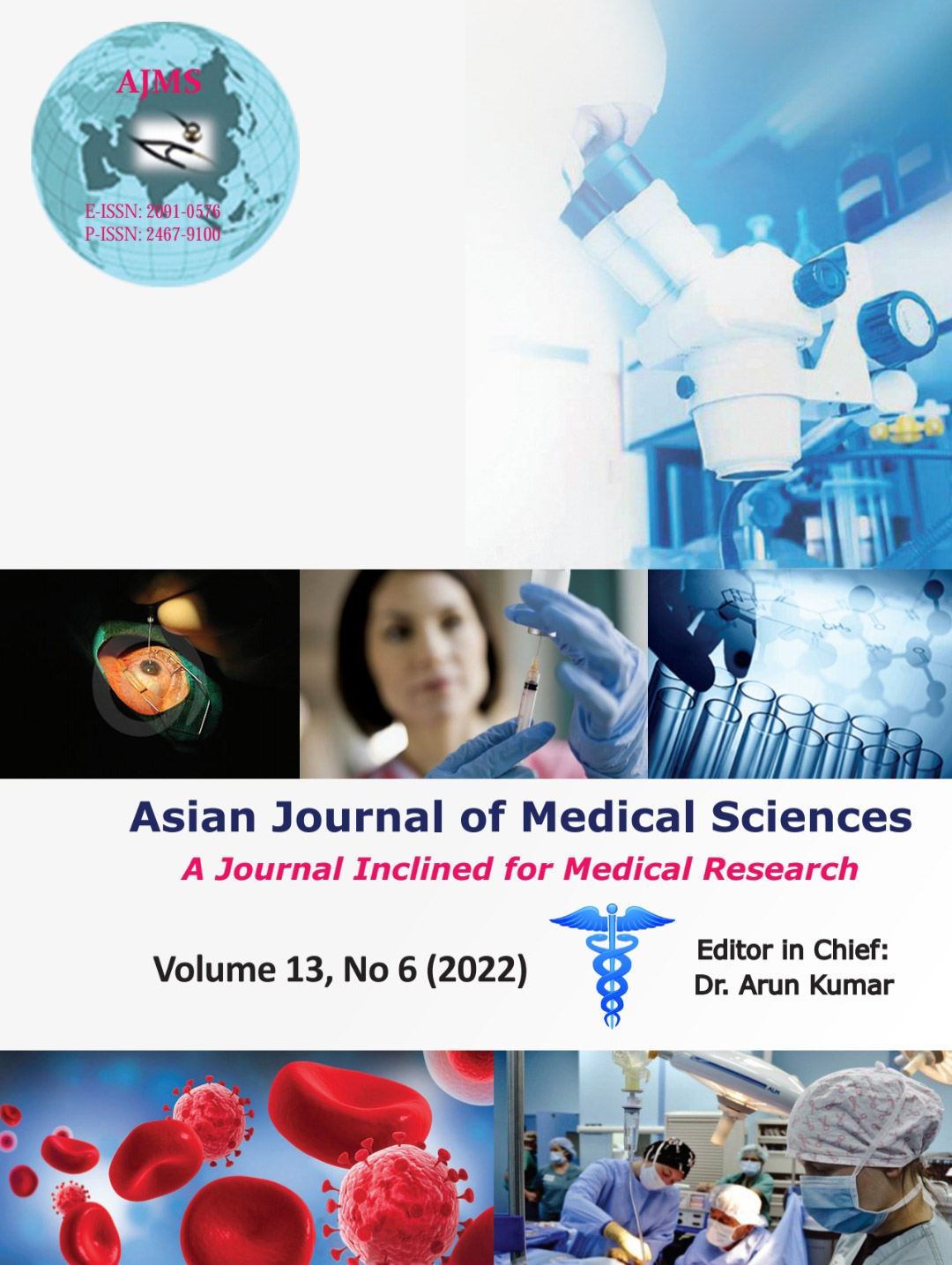The role of cardiac T2* magnetic resonance imaging in the assessment of myocardial iron concentration in patients with beta-thalassemia major
Keywords:
Beta-thalassemia, Ferritin, Iron overload, Myocardial iron concentration, T2* cardiac magnetic resonance imagingAbstract
Background: Beta-thalassemia is a group of inherited blood disorders that are characterized by reduced levels of functional hemoglobin. These patients require lifelong blood transfusions, leading to iron deposition in various tissues. Prompt detection of myocardial iron helps to assess the extent of myocardial damage and its complications.
Aims and Objectives: Our study aims to establish the role of T2* cardiac magnetic resonance imaging (MRI) and its comparison with serum ferritin levels in detecting iron overload in beta-thalassemia major (TM) patients.
Materials and Methods: This prospective study included 30 pediatric patients admitted to our institute with beta-TM. The patients underwent T2* cardiac MRI examinations, myocardial iron quantification was assessed, and patients were divided into groups based on the severity of iron overload.
Results: In this study, there were 18 males and 12 females. Out of the total studied cases, 15 (50%) showed no evidence of iron overload, 8 (26.67%) showed mild, 4 (13.33%) showed moderate, and 3 (10%) showed severe cardiac siderosis, based on the cardiac T2* values obtained.
Conclusion: T2* cardiac MRI is an accurate and invaluable tool that helps to detect iron overload in beta-TM.
Downloads
Downloads
Published
How to Cite
Issue
Section
License
Copyright (c) 2022 Asian Journal of Medical Sciences

This work is licensed under a Creative Commons Attribution-NonCommercial 4.0 International License.
Authors who publish with this journal agree to the following terms:
- The journal holds copyright and publishes the work under a Creative Commons CC-BY-NC license that permits use, distribution and reprduction in any medium, provided the original work is properly cited and is not used for commercial purposes. The journal should be recognised as the original publisher of this work.
- Authors are able to enter into separate, additional contractual arrangements for the non-exclusive distribution of the journal's published version of the work (e.g., post it to an institutional repository or publish it in a book), with an acknowledgement of its initial publication in this journal.
- Authors are permitted and encouraged to post their work online (e.g., in institutional repositories or on their website) prior to and during the submission process, as it can lead to productive exchanges, as well as earlier and greater citation of published work (See The Effect of Open Access).




